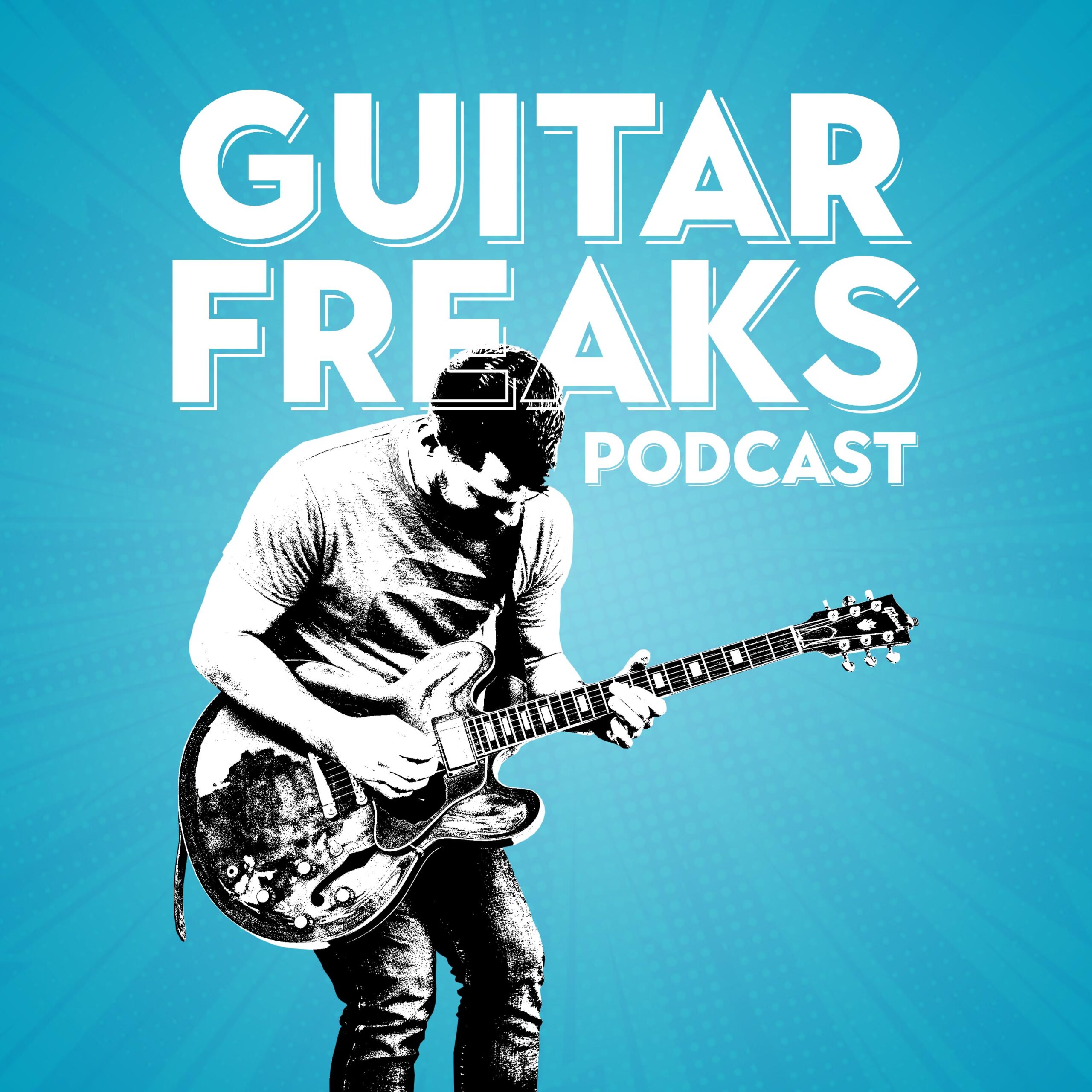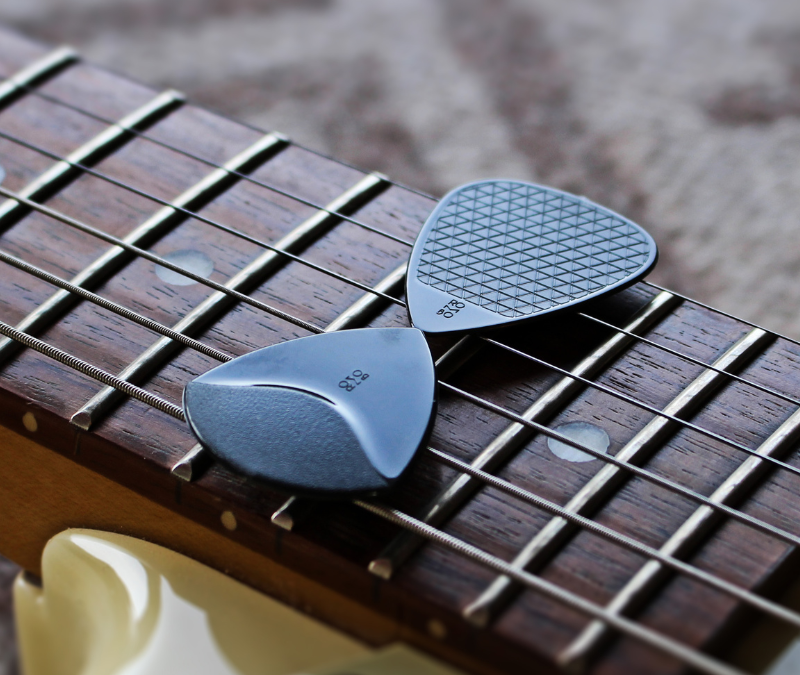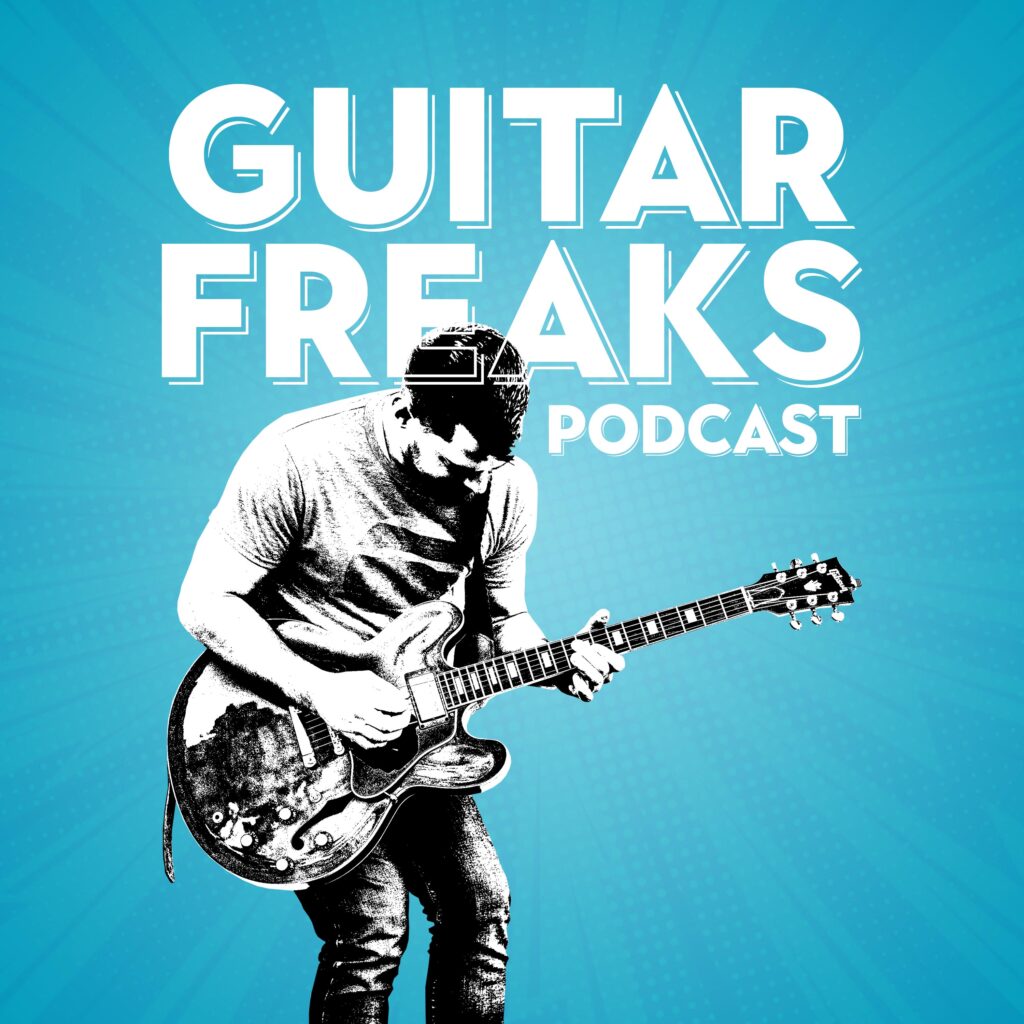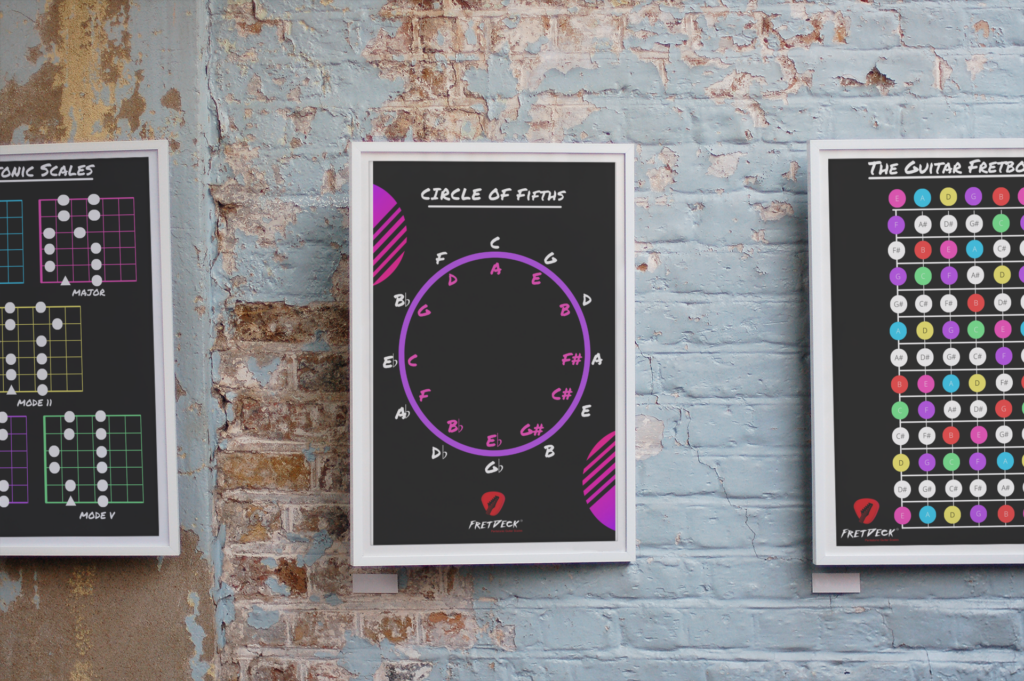Hey there, guitar enthusiast! Let’s kick this off by talking about something crucial to your growth as a musician: ear training for guitarists. Whether you’re trying to learn songs by ear, improvise seamlessly, or understand music more deeply, ear training is a skill that will completely transform your playing.
In this post, we’ll explore what ear training is, why it’s essential for guitarists, and how you can build your skills with simple, effective exercises. Ready to unlock your full musical potential? Let’s dive in!
Why Ear Training for Guitarists Is a Game-Changer
Ear training helps you connect what you hear to what you play. When you develop your ear, you gain the ability to:
- Learn Songs by Ear: Pick up melodies, riffs, and chord progressions without tabs.
- Improve Improvisation Skills: Hear and react to chord changes in real time.
- Understand Musical Relationships: Recognize intervals, chords, and progressions to elevate your playing.
For guitarists, ear training is like developing a musical GPS. It allows you to navigate your fretboard with confidence, whether you’re jamming with friends or writing your next masterpiece.
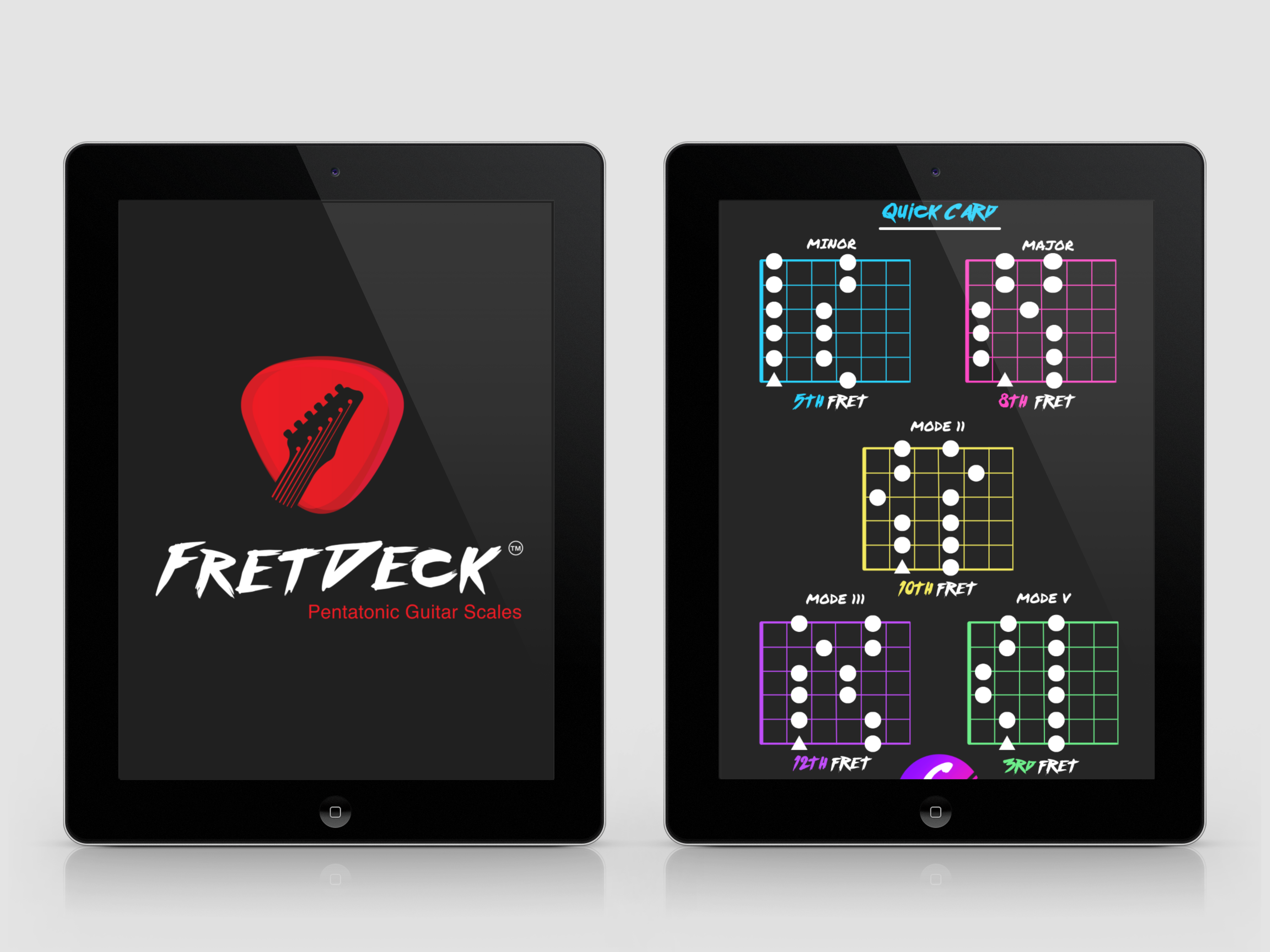
Download The FretDeck & Pentatonic Secrets Course!
Download Our Course
Getting Started: The Basics of Ear Training
You don’t need perfect pitch to benefit from ear training. Instead, focus on relative pitch—the ability to recognize the distance and relationships between notes. Start with these foundational skills:
1. Intervals
Intervals are the building blocks of music. They’re the distance between two notes and can be visualized on your guitar as the number of frets between pitches.
Exercise: Play two notes on your guitar (for example, the open E string and the 3rd fret G). Name the interval—this one is a minor third. Practice playing and identifying intervals like a perfect fifth or major third.
2. Chord Recognition
Identifying chords by ear is critical for learning songs and playing in a band. Start with common triads like major and minor, and gradually move to more complex chords like seventh chords.
Exercise:
- Play a random chord and try to identify its quality (major, minor, etc.).
- Use songs you know as reference points. For example, a major chord has the uplifting feel of “Let It Be,” while a minor chord evokes the mood of “House of the Rising Sun.”
3. Melody Recognition
Recognizing melodies is key for transcribing solos and writing your own. Start with simple tunes and gradually work up to more complex riffs.
Exercise:
- Pick a melody you know, like “Happy Birthday,” and play it by ear on your guitar.
- Progress to figuring out riffs or solos from your favorite songs without looking at tabs.
4. Harmonic Progressions
Hearing chord progressions is crucial for jamming and songwriting. Begin with basic progressions like I-IV-V-I (C-F-G-C) or ii-V-I (Dm-G7-C).
Exercise:
- Strum a progression and hum the root notes or chord tones.
- Listen to songs and try identifying the chord changes. Start with simple tracks like “Knockin’ on Heaven’s Door.”

Download The FretDeck & Pentatonic Secrets Course!
Download Our Course
Tools and Tips for Effective Ear Training
To accelerate your progress, use these resources and strategies:
- Ear Training Apps: Apps like EarMaster, Tenuto, and FretDeck’s Ear Training Toolkit are excellent for structured practice.
- Backing Tracks: Play along with backing tracks to practice hearing chord changes in context.
- Daily Practice: Spend 10–15 minutes a day on focused ear training exercises.
Make Ear Training a Part of Your Routine
Consistency is the secret to success. Here’s how to integrate ear training into your practice:
- Start with Intervals: Spend 5 minutes playing and identifying intervals during your warm-up.
- Analyze Songs: Listen to your favorite tracks and try identifying melodies or progressions by ear.
- Track Your Progress: Use a practice journal to log your ear training exercises and any breakthroughs.
Over time, you’ll notice a huge improvement in your ability to hear and play music intuitively.
Final Thoughts
Ear training for guitarists isn’t just a technical skill—it’s a creative superpower. By training your ear, you’ll unlock a deeper connection with your instrument, allowing you to play with more confidence and musicality.
Start small, stay consistent, and watch as your skills grow. And hey, if you’re looking for more inspiration, tips, and a supportive community, join the Guitar Freaks Hangout on Discord. Connect with fellow guitarists, share your progress, and get motivated to reach your full potential.Discord! You’ll connect with a supportive community of guitarists and get inspired to take your skills to the next level.
To further enhance your ear training practice, consider incorporating scale exercises into your routine. Practicing scales not only improves your technical proficiency but also sharpens your ability to recognize musical patterns by ear. For creative and engaging ways to practice scales effectively, check out our guide on Scale Exercises for Guitar: Practice Effectively Without Boredom.
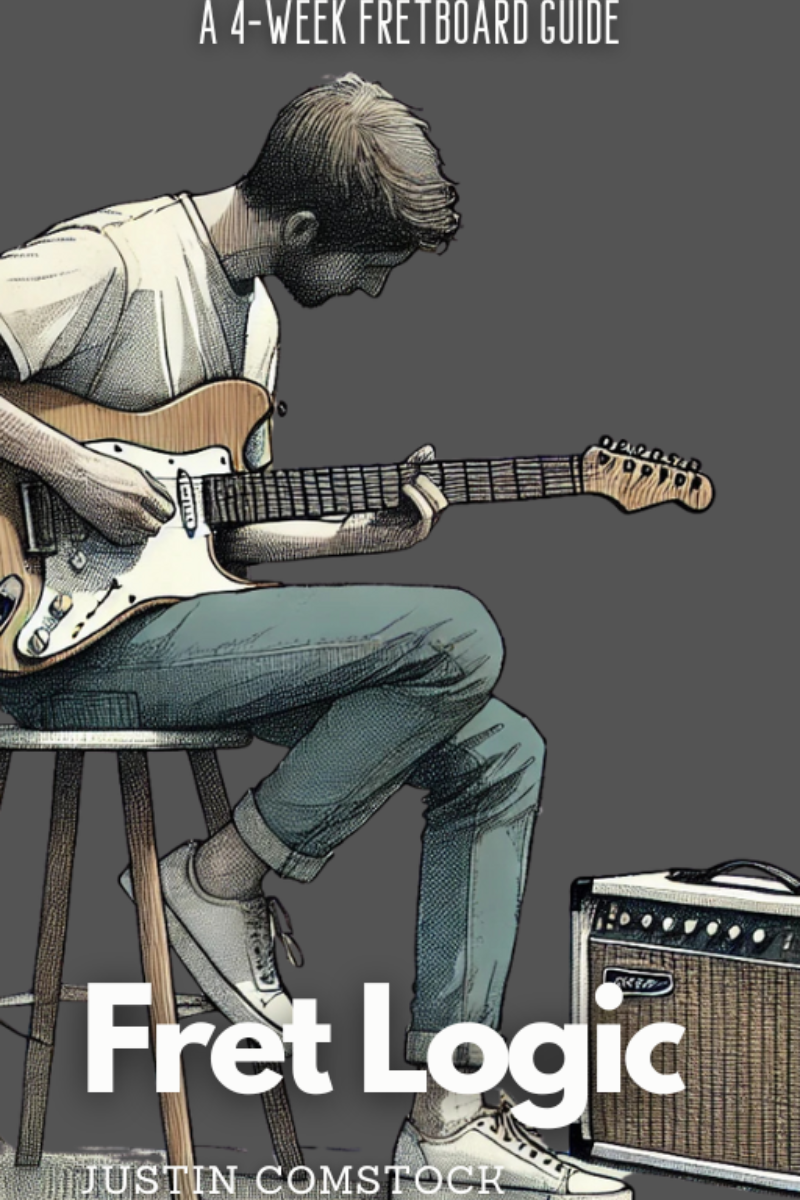
Join Guitar Freaks Hangout on Discord! 🎸
Get Fret Logic FREE!
Join the Guitar Freaks Hangout Discord and get exclusive access to my entire e-book, Fret Logic! Master the fretboard and elevate your solos with this comprehensive guide.
👉 Don’t miss out—join now and download your free copy!
